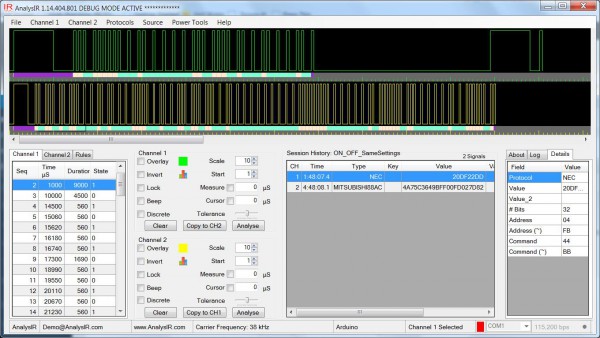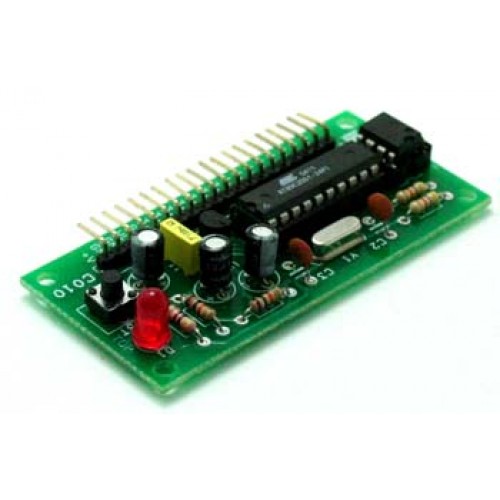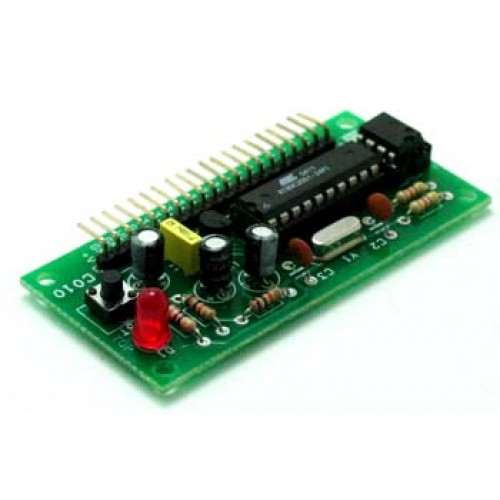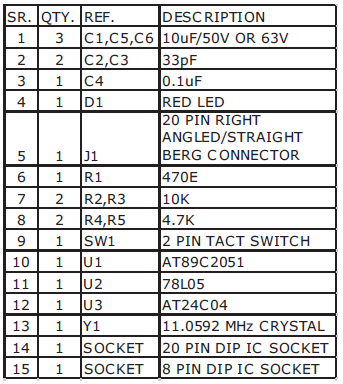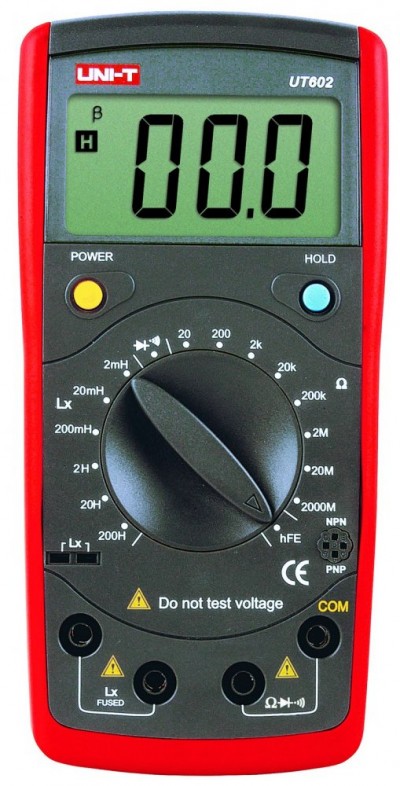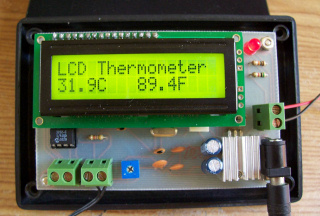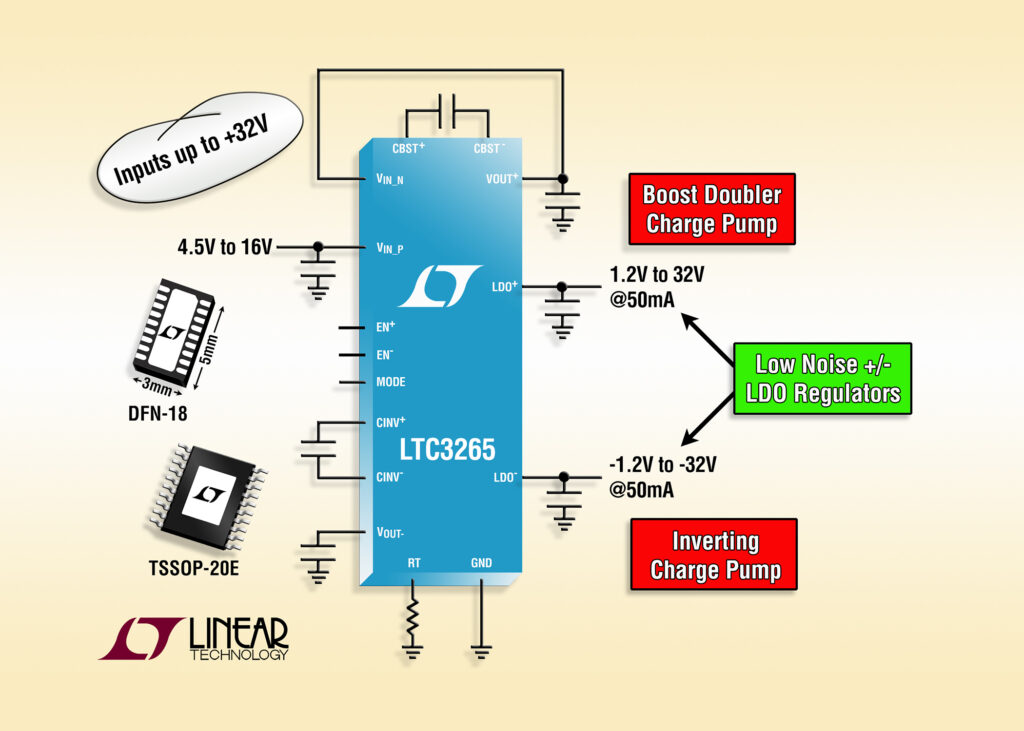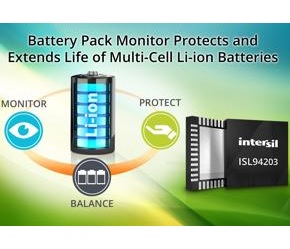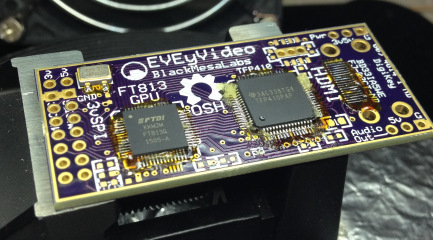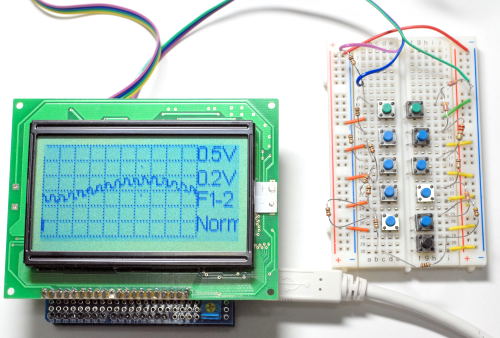The crew from AnalysIR has written up an article on Simple Infrared PWM on Arduino. If you missed part 1 and part 2, be sure to check it out.:
In Part 1 of this series, we demonstrated how to send signals using soft or Simple Infrared PWM on Arduino. In our Part 2 post we looked at sending RAW IR signals – specifically a RAW NEC signal and a longer RAW Mitsubishi Air Conditioner signal using soft PWM. We have since improved the PWM method shown in Part 1 & Part 2 to provide better performance and improve portability. In this Part 3, we will take the signals from Part 2 and show how to send them using their binary (or Hex) representation, which can save lots of SRAM in many projects, particularly when dealing with longer AC signals.
Simple Infrared PWM on Arduino, Part 3 – [Link]


